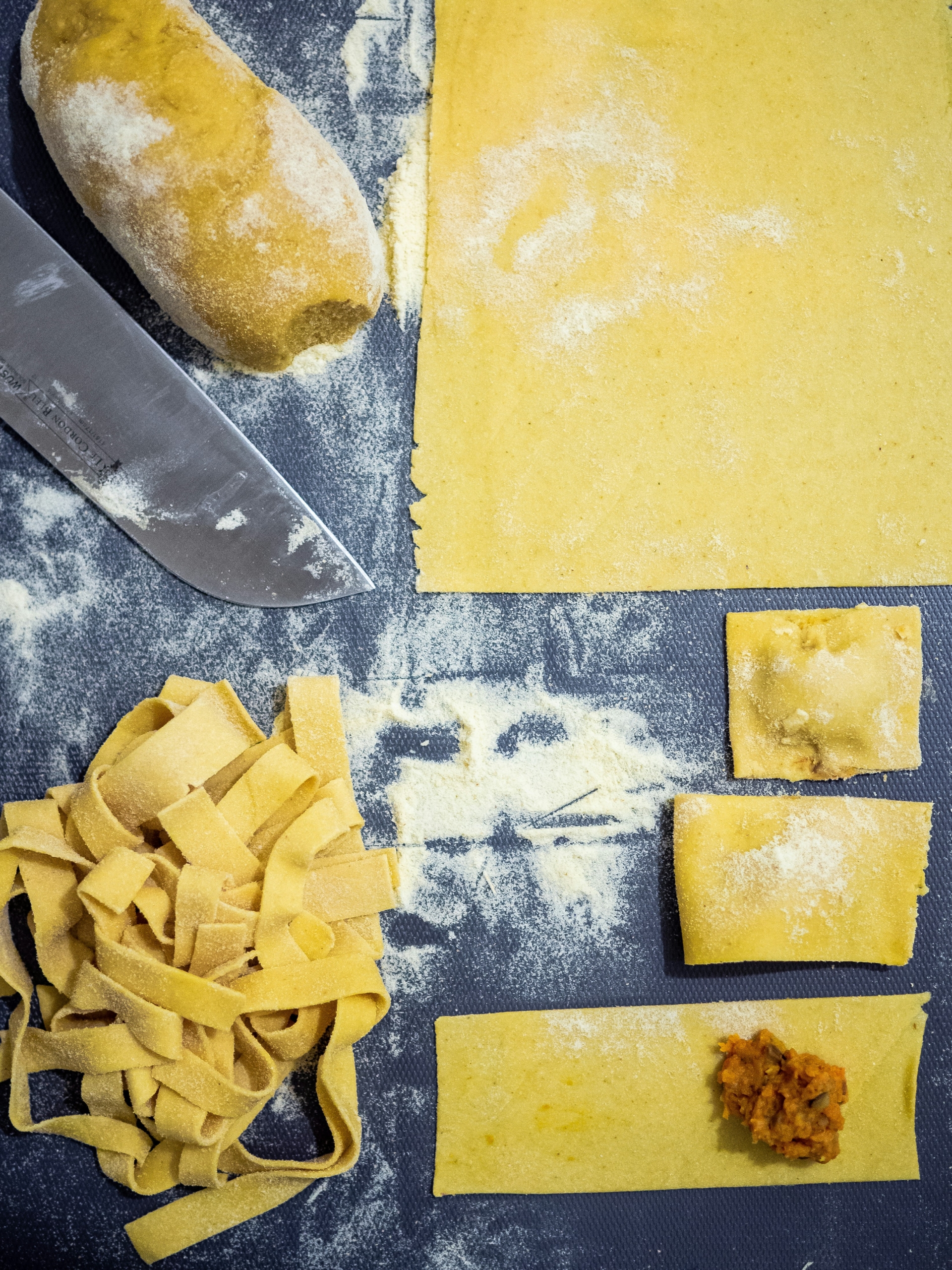Owning a professional ravioli maker can significantly enhance your culinary capabilities, whether you’re running a restaurant or a passionate home chef. Like any specialized kitchen equipment, ensuring your ravioli maker maintains optimal performance requires regular maintenance. Here’s a comprehensive guide to keeping your ravioli maker in top condition, ensuring long-lasting functionality and consistently delicious results.
## Regular Cleaning: Key to Longevity
### Daily Cleaning Routine
After each use, it’s crucial to clean your ravioli maker to prevent build-up of dough and filling residues. Start by dismantling any removable parts according to the manufacturer’s instructions. Use a soft brush or a cloth to gently remove dough particles and filling remnants from the machine. For parts that are safe to wash in water, use warm, soapy water and a soft sponge to clean, and then rinse with clean water. Avoid using abrasive materials or scouring pads, as they can scratch the surfaces and remove protective coatings.
### Deep Cleaning Schedule
Schedule a deep cleaning session once a month or depending on usage frequency. This involves a more thorough cleaning of every component. If your raviolatrici professionali da banco has metal parts, check if they are stainless steel or require special care to prevent rust. Use specific cleaners that are safe for food equipment to ensure no harmful residues are left behind. Ensuring thorough drying after washing is crucial to prevent any moisture-related damages.
## Lubrication for Smooth Operation
### Check Manufacturer’s Guidelines
Refer to your ravioli maker’s manual to identify if there are any components that require lubrication. Some machines might have internal gears or moving parts that need occasional oiling to keep them running smoothly. Use only food-grade lubricants since these parts come into close contact with your pasta dough. Applying lubricant improperly can attract dirt or debris, so ensure it’s done sparingly and only where necessary.
### Frequency of Lubrication
Typically, lubrication should be performed every few months, but this can vary based on how heavily the machine is used. Regular checks will help you determine the right frequency for your specific circumstances.
## Inspecting and Replacing Worn Parts
### Routine Inspections
Regular inspections can help catch issues before they lead to significant problems or require costly repairs. Check for any signs of wear or damage, such as cracks, dullness on cutting surfaces, or loose components. Pay special attention to the mold plates and the dough rollers, as these are integral to the machine’s function and can affect the shape and quality of your ravioli.
### Ordering Replacement Parts
If any parts are worn out or damaged, replace them immediately to maintain the efficiency and safety of your ravioli maker. Most manufacturers sell replacement parts and provide detailed instructions on how to safely swap out the old components.
## Storage Solutions
### Proper Storage Practices
When the ravioli maker is not in use, store it in a clean, dry place. Cover it to keep dust and debris from settling on the machine, which can be hard to clean off and may affect its operation. If your ravioli maker is an attachment to a larger appliance, detach it and store it separately to avoid any strain on the connecting mechanisms.
### Avoiding Moisture and Extreme Temperatures
Keep the machine away from any sources of moisture and avoid storing it in places with high temperature fluctuations, such as near ovens or stoves, or in damp storage areas. Extreme conditions can warp parts and degrade materials over time.
## Conclusion
Maintaining your professional ravioli maker doesn’t require extensive effort, but it does need consistent care. By establishing a routine that includes regular cleaning, appropriate lubrication, and timely replacement of worn parts, you can extend the life of your machine significantly. Proper maintenance ensures that every batch of ravioli you produce is as perfect as the last, helping you continue to delight with your culinary creations.




